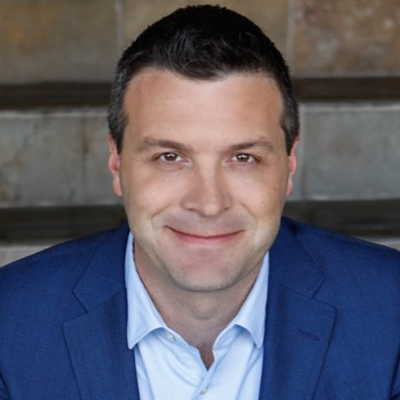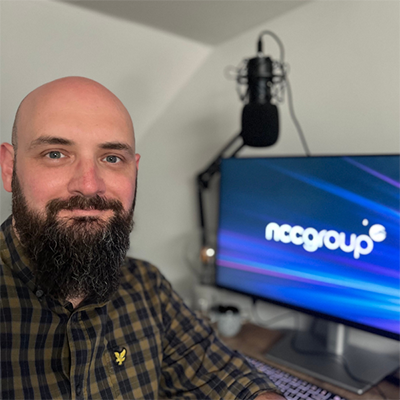Q1. With the increasing integration of AI, machine learning, and automation in cybersecurity products, what approaches or advancements is Carbon Black exploring to enhance endpoint threat detection and response?
AI is already contributing to closing the cybersecurity industry's skills gap and automating routine tasks. This leads to enhanced effectiveness and empowers individuals to engage in more critical thinking. One significant advantage of this shift in approach is that it allows cybersecurity professionals to redirect their focus towards activities such as threat hunting, which can have a more substantial positive impact on their environments. As AI increasingly takes over routine tasks, the demand for skilled defenders will grow significantly, providing organizations with opportunities to strategically enhance their security efforts. Instead of dedicating their efforts to identifying malware, these professionals will have the freedom to pursue entry points, lateral movements and other stealthy tactics used by adversaries attempting to maintain a presence and maximize their gains.
Carbon Black has long-leveraged machine learning and AI techniques to enhance analysts and help them make better decisions, faster and we’ll continue to implement features that positively impact the security analysts experience.
Q2. Looking at 2024 and beyond, what do you see as some of the biggest emerging security threats and what should organizations be doing right now to stay ahead of those threats?
In 2024, organizations need to stop focusing on the payload and deal with cybersecurity more holistically. Companies worry too much about the encryption part of ransomware and not enough about the things that actually matter. Before ransomware is deployed, there are numerous red flags already missed that could have stopped an attack from happening such as indicators of espionage. Ransomware may be the leak in your ceiling, but by the time you notice it, the black mold has already spread throughout your environment.
Instead of centering investments and efforts around cyber incidents, businesses will focus on risk management. Many organizations have not invested in a Risk Management foundation and it's starting to show- most are unable to meaningfully address new regulation through their own comprehensive security strategy. Move on to things you can solve such as major vulnerabilities or gaping holes in your environment and prioritize collecting the best quality data possible.
Additionally, adversaries rely on the average team’s lack of visibility, knowing that they're most likely deploying “easy button” cybersecurity solutions that result in a false sense of security. Targeted attacks are rising, but organizations are also dealing with the responsibility of ensuring their actions do not harm others, in other words, "duty of care." Failure to prove duty of care has serious implications for how companies defend their networks- and potential consequences like fines and reputational damage.
Q3. What insights, product demonstrations or educational content did Carbon Black share with attendees and potential customers that visited Carbon Black's booth or sessions at Black Hat Europe 2023?
At Black Hat Europe, Carbon Black focused on how the industry can close the Risk Gap, otherwise known as the growing distance between an organization’s status quo defenses and its exposure to directed attacks. This also factors in the increasing burdens of meeting compliance and governance requirements. Carbon Black demonstrated how people can:
- Shut down directed attacks
- Prove duty of care
- Embrace a positive security model
- Gain visibility and context faster
We gave attendees insights into our cloud solutions, where security professionals gain visibility and context faster with our Extended Detection Response (EDR) solutions, while demonstrating our prevention capabilities with our Next Generation Anti-Virus tools and our Application Control product. Most importantly, we integrated these solutions through our product demonstrations, showing attendees how to simplify their security stack and integrate them into their other security solutions, such as ServiceNow and Splunk.dss
On Day One, John Wilkinson, a Carbon Black Senior Solutions Engineer in the UK, took attendees through a presentation titled "You Can't Stop What You Can't See." He demonstrated live a ransomware attack and how security teams truly rely on visibility and context for the best security posture, giving them the ability to provide that duty of care to the business they are protecting.






